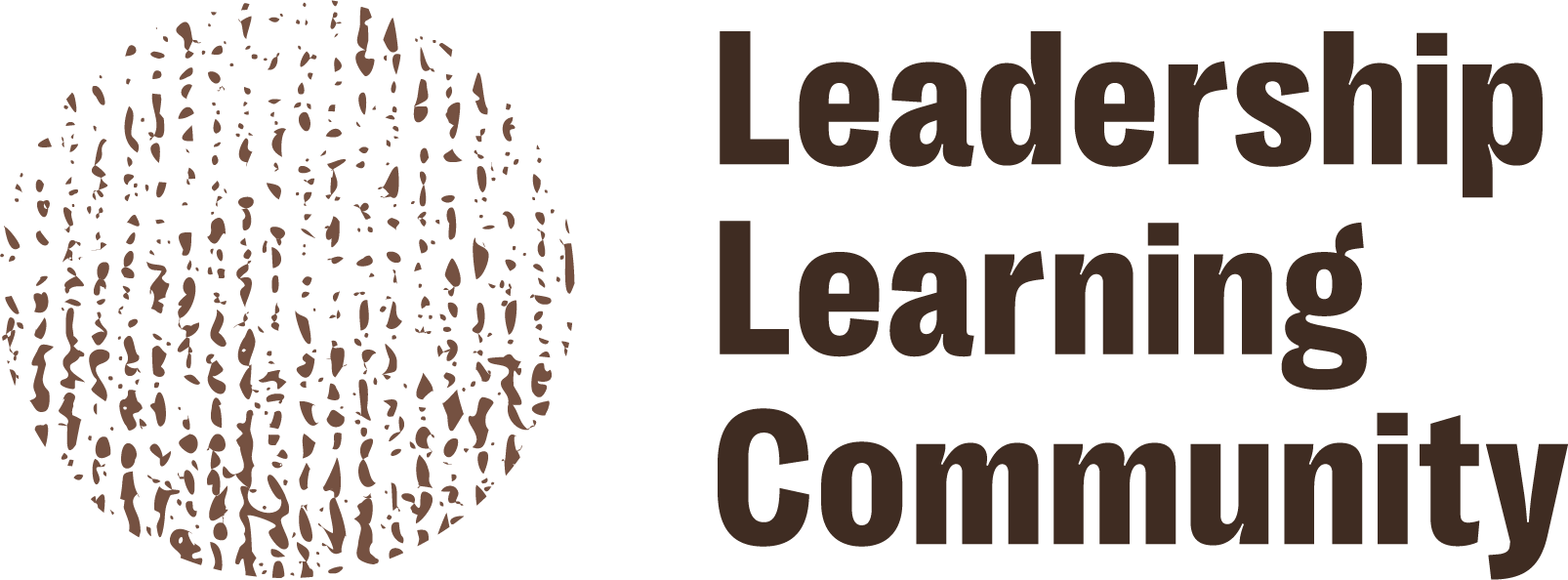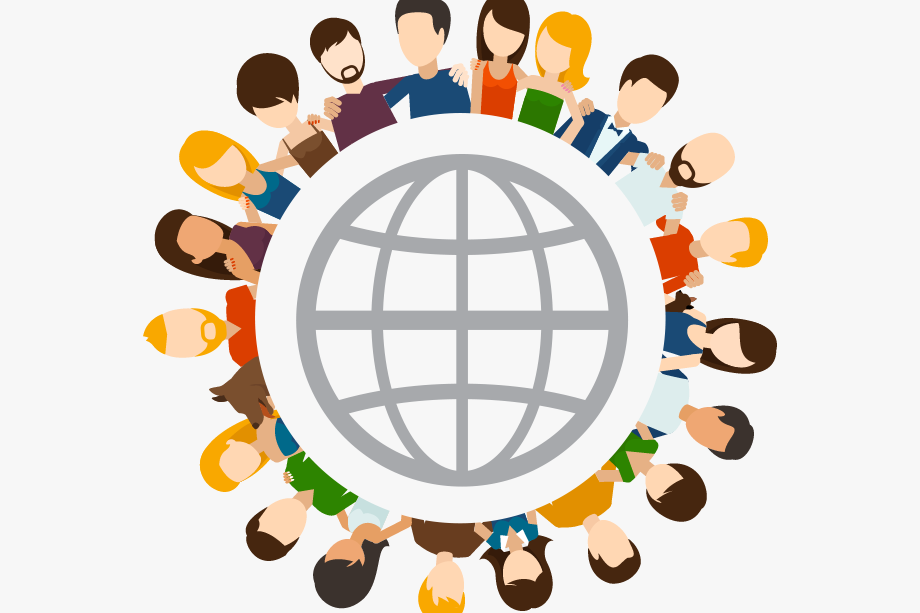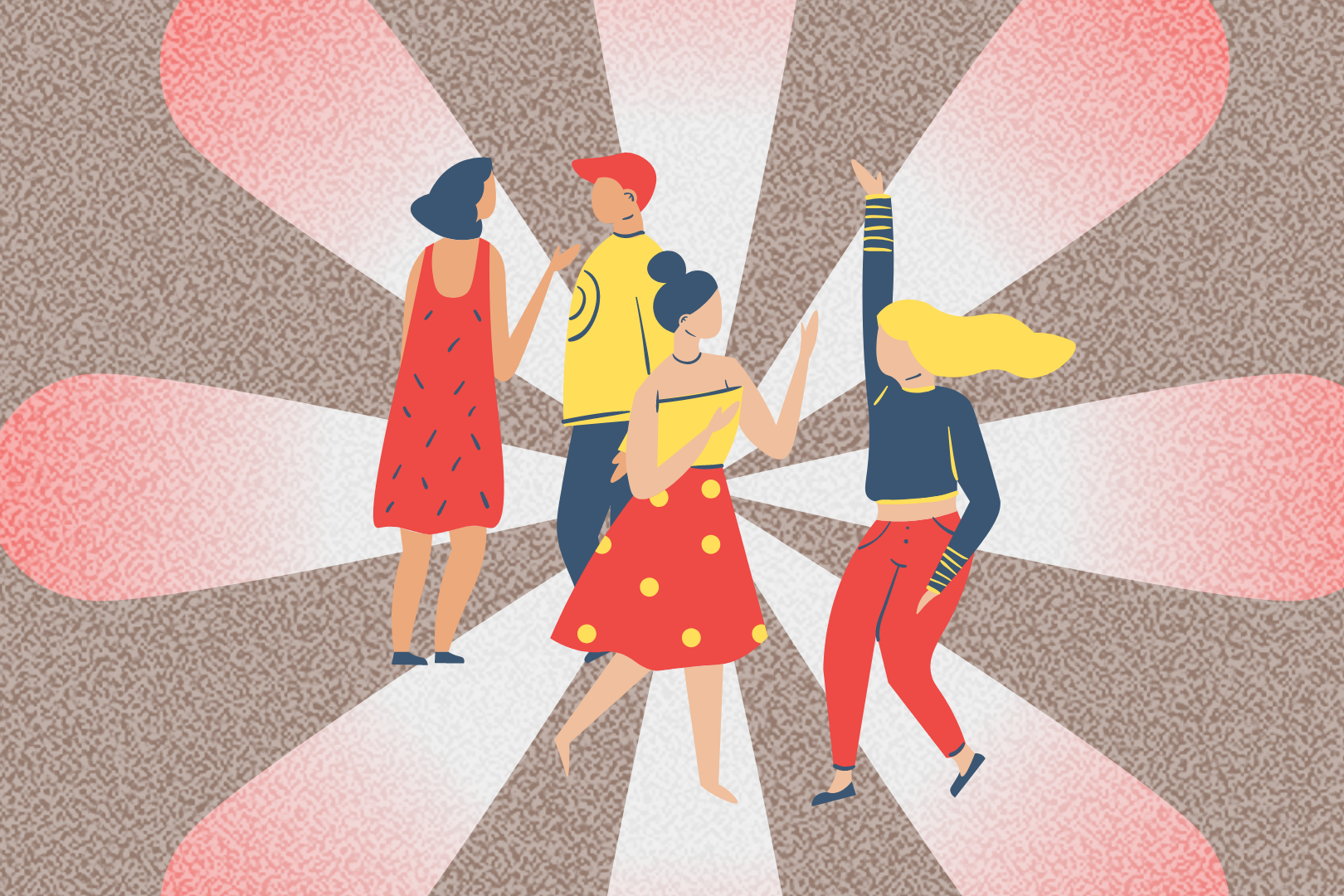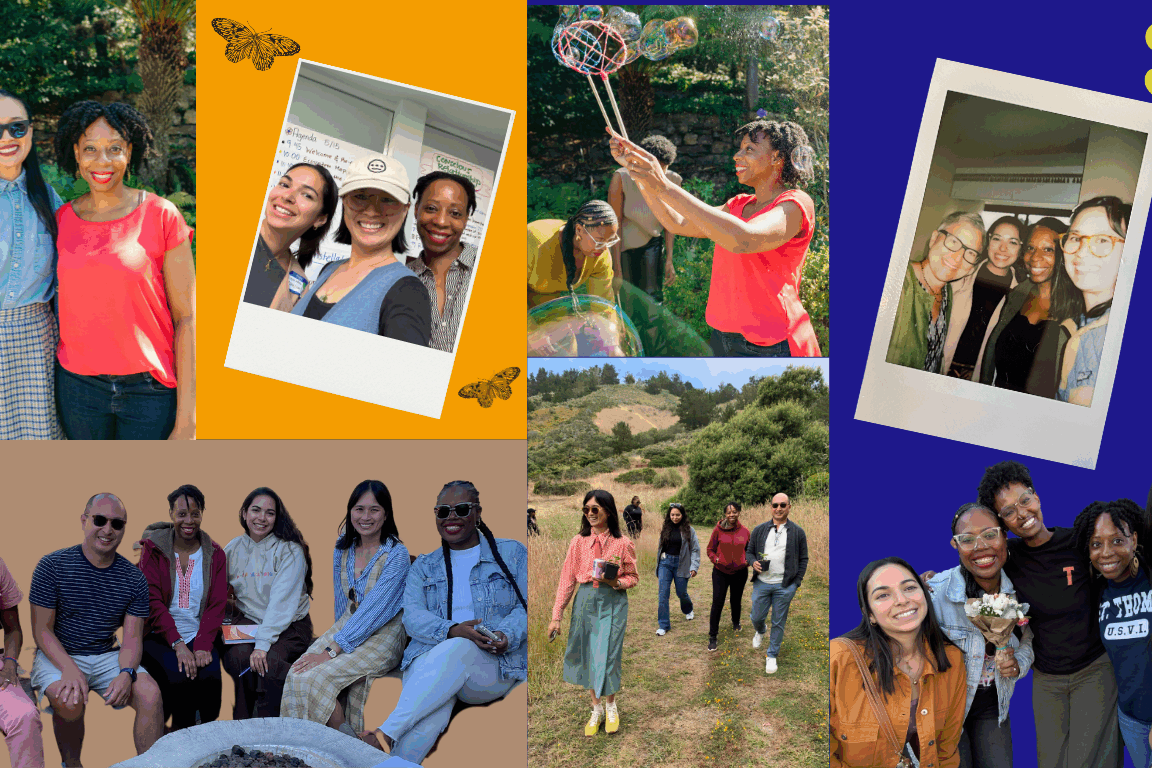LLC has been providing network-building support to several emerging networks, and we are on a journey to be more network-centric in our work. Ericka, our fabulous new Co-Director, recently asked a great question, “How are we applying (or not) what we are learning from our work with other networks to ourselves?” Time to take a look in the mirror. Hopefully, these three lessons and the strategies that they suggest will be helpful to you as well.
Realistically, we are still a spoke and hub network, not where we would like to be. To make more progress, we need to focus on three strategies that we hope will take us to the next level: Support Self-Organizing; Focus on Place; and Create a Communications Ecosystem that helps members of the network find each other and self-organize to support peer learning and joint action.
Support Self-Organizing: Self-organizing is the secret sauce of network impact. As the network builds and the number of potential connections jumps quantitatively, our staff will never be able to track what is happening in the network, scout all the opportunities, and seed all the possible relationships that could yield excellent work. However, suppose we can encourage people in the network to initiate contact and explore areas of common interest. In that case, the opportunities for collaboration (and impact on the issues we care about) will quickly multiply. For several reasons, self-organizing initiative is hard to activate in a network. For many people who operate in organizational contexts, it’s not part of the culture, and realistically, if you have to work in a hierarchy, you may not have the authority to run with good ideas. We surveyed people in the networks we were supporting, and in addition to these issues, people also named time, i.e., people are already often maxed out and don’t think it’s possible to take on one more thing. We have learned a couple of items from the Wellbeing and Equity Bridging Network (WEB) network about how to support self-organizing that activates new hubs of activity independent of staff support.
- Create a network weavers facilitation pool: In the WEB network. We recruited people from the network who were interested in being trained in a broad set of network facilitation areas, including providing support to self-organized initiatives, learning weavers who are capturing and sharing learning through stories, and communications facilitators who help people learn to use platforms to support self-organizing. Training is being provided by experienced network weavers who also convene the facilitators in a Community of Practice to deepen and spread learning. The person managing the pool matches facilitators with self-organizing initiatives that request support, and the facilitators are paid for this work. For example, we helped facilitate a network training in MN attended by close to 70 people passionate about health equity. During clustering, eight groups formed, and at the end of the day, six said they wanted to continue exploring their ideas and requested the support of a facilitator who would help them organize follow-up meetings. The results are not in yet, but I am willing to bet on two things: that it is more likely that these efforts will continue with facilitation and support than they otherwise would or that the center staff supporting this meeting can help multiple initiatives. I am eager to try this and have also learned that it does require resources, though I think it is a much more cost-effective and sustainable way to grow a network than through traditional staffing.
- Seed funds: The WEB Network used a Network Activation Fund to stimulate on-the-ground work and new collaborative relationships. In addition to providing seed funds to projects focused on issues like food security and equity, the process activated leadership. It engaged over 50 new people in the process of running the fund. LLC has successfully experimented with Innovation Funds in the past. We will continue using innovation seed funds, so watch for our next Innovation Fund.
- Tools for self-organizing: Open Space technology (described here) and other process tools that support self-organizing and clustering in real-time have been a signature part of Creating Space, our national convening. They allow people to identify shared interests and explore future work. In the first case, people pitch an idea, and others who share that interest can find it. In the case of clustering, a group of people can make meaning of interests that have been expressed to determine where there is the most energy and potential. Some tools can bring these efforts to scale, especially in larger communities that work virtually. For example, a Social Network Analysis enables you to represent these patterns of relationships visually and shared interests in network maps so that you can see who is clustering around specific issues and the potential for creating new connections. Maps are created through surveys, and some surveys also ask who would be willing to initiate work on a topic so you can identify people ready to self-organize. LLC used an SNA many years ago when we connected with hundreds, not thousands, of people. We are now exploring tools that make it possible to do mapping with larger groups.
Focus on Place: We have developed a healthy respect for the place in several of our network-building projects. Leadership programs that focus on specific regions or localities have an easier time organizing alum networks for several reasons: the participants have greater access to each other and can meet up more quickly, even when working on different issues, and for various organizations, people and groups are more likely to intersect with each other around citywide matters; people can bring their local connections to a network effort in their city; and participants share a sense of place that is often enriched by different perspectives and histories. In a recent network-building project, we found that local meet-ups brought more energy to the network and were more likely to activate self-organizing. When trying to shift systems, bringing people together across a city can also create more opportunities to work at the intersection of issues.
LLC’s Early Place Focus: These reflections gave us pause as we reflected on our own trajectory.
- What we did right: In LLC’s early history, we encouraged regional circles. We assumed that people locally, who got to know each other, could be a more reliable source of ongoing learning, e.g., people got to participate locally in other leadership program’s selection processes to learn firsthand from how ‘other folks’ did it. We also knew that face-to-face time helped build relationships supporting generative learning. Several folks who met each other in Boston, New York, Seattle, the San Francisco Bay Area, and MN developed independent ongoing relationships.
- What didn’t work well: We used more of a chapter, centralized model than a network one. By this, I mean we developed guidelines and expectations for folks from different regions who wanted to start a regional circle with the expectation that it would be sustained. It was a heavy lift for self-organizing volunteers, and when their life and regular jobs got in the way, the circle stopped meeting. We had a conversation with our board many years ago about whether this was a liability to our reputation when we met people who said, “Hey, you guys had a presence here for a little while and then kind of disappeared.”
- What we learned:
- We realized a less centralized meet-up approach makes more sense. People can meet where there is energy and for as long as it makes sense. We need to discuss these often ad hoc efforts and their value differently. If there is energy to keep meeting, great; if not, the value to be had was gained, and perhaps some new relationships formed and continued outside formal meetings.
- The value of strong ties: We stopped focusing efforts on regional meetings because we realized that to influence the field of leadership development with equity-based, networked, and collective models, we needed to reach many more people. We had a more close-knit community of 500 or so folks through our regional meetings. I knew most by name. We hired a social media consultant who did such a great job we now reach thousands of people. In focusing on reach, we did not pay sufficient attention to the importance of maintaining close ties and place-based connections’ role in building the network’s cohesion. Networks require both depth and breadth.
- What are we going to do about it? We are going to start encouraging local work again, starting now. As you saw from Ericka’s article, we will host three regional Creating Space meetings building to a more significant national meeting in the spring. We will also use a Network Activation Fund to support peer learning initiatives in the network, and supporting local industries will be one of our criteria. In the last post, we talked about having network facilitators to support self-organizing efforts. Let us know if you are interested in meeting folks in your region and hosting a conversation. We can help!




